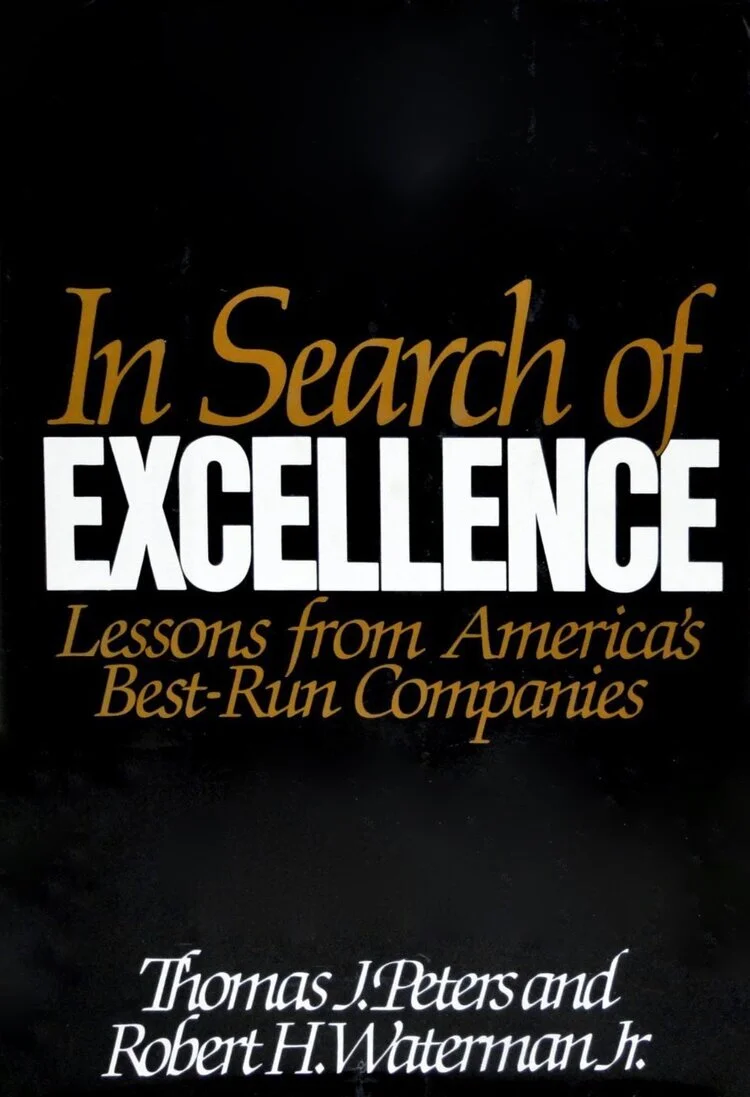If you’ve ever wondered why some companies seem to compound advantage for decades while peers stall, In Search of Excellence - Lessons from America’s Best-Run Companies is still one of the cleanest lenses you can pick up. Tom Peters and Robert Waterman didn’t write a finance book; they wrote a field guide to the systems, habits, and culture that produce outsize performance. Warren Buffett once called it “a landmark book,” and generations of builders—from Domino’s Tom Monaghan to DHL’s Po Chung, Tractor Supply’s Joe Scarlett, Germany’s Reinhold Würth, and Canada’s Jimmy Pattison—credit it with reshaping how they lead. The reason: it shows that excellence is an emergent property—a tornado that forms only when lots of small, mundane air currents swirl in the same direction.
Peter Kaufman’s tornado metaphor and Safi Bahcall’s definition of “emergent properties” capture the heart of the book. Cultures aren’t engineered through a single lever; they emerge when dozens of small choices—tone at the top, customer closeness, decentralization, storytelling, tolerance for small failures—interlock. Charlie Munger calls this the Lollapalooza effect: really big outcomes usually come from the confluence of many smaller forces all acting in the same direction. That’s why the best business moats rarely show up in a single ratio; they hide in how a company behaves.
Peters and Waterman’s eight principles remain startlingly fresh: Bias for Action, Close to the Customer, Autonomy & Entrepreneurship, Productivity Through People, Hands-On Management, Stick to the Knitting, Simple Form/Lean Staff, and Simultaneous Loose-Tight Properties. Put less academically: do lots of small experiments, learn directly from users, push authority to the edge, treat people like adults, be explicit about values, stay within competence, keep HQ tiny, and be rigid on principles but flexible on tactics. Read those alongside Phil Fisher’s 1958 counsel—to watch how management treats rank-and-file, delegates authority, and seeks ideas from below—and you see the same pattern: people and process drive the numbers.
A few themes investors should underline:
Customer obsession is the non-negotiable. The excellent firms over-invest in reliability, service, and user intimacy—even when spreadsheets say not to. Caterpillar’s 48-hour parts pledge, Maytag’s “ten years trouble-free,” and Frito-Lay’s “unreasonable” service levels look uneconomic quarter-to-quarter—and indispensable decade-to-decade. Pricing power often follows because the product is a tiny cost, massive consequence input (Raychem, Schlumberger).
Small bets → fast learning → big wins. The book exalts doing over debating: prototypes with customers, skunkworks, “lots of tries,” tolerance for small failures, and internal competition that surfaces better approaches. It’s the same loop Amazon later codified and IKEA’s Kamprad preached: never two identical stores; keep moving. Würth built much the same cadence—empowering local branches, testing constantly, and competing internally in a spirit of relentless, practical improvement.
Empowerment beats bureaucracy. Excellence lives where decisions sit with the people closest to the action. The best companies push autonomy far down, celebrate non-monetary recognition, run lean headquarters, and practice “management by wandering around.” People given control become owners—emotionally first, financially later. That’s Fisher again: if management can’t accept criticism from below, you won’t get the ideas that compound.
Culture is a barrier to entry. The real moat is the 75-year investment in service habits at IBM or the quality reflex at P&G. Stories, slogans, myths, and rituals transmit those values more effectively than manuals. As Peters writes, the top performers are “hands-on, value-driven”; profit is a by-product of doing the important things unusually well and consistently. Jimmy Pattison embodied this philosophy—walking the floor daily, knowing employees by name, and treating customers as partners. His vast, decentralized group runs on the same human principles championed in In Search of Excellence.
Stick to the knitting, act small as you get big. The stars keep adjacent moves close to core capability, contain risk with small steps, and—crucially—split before scale becomes sclerosis. Big and fast, yet organized as many small teams with clear scoreboards and friendly rivalry: that’s how you stay inventive without losing coherence.
For operators, the book is a permission slip to simplify and humanize: clarify a few priorities, walk the floor, praise publicly, test constantly, and tell stories that make values vivid. For investors, it’s a reminder to look past the spreadsheet. The signals of a long-term compounder are mostly qualitative: frontline empowerment, customer intimacy, lean HQ, experimentation cadence, leaders who model the culture, and a company that is rigid about principles, loose about methods. As Mark Urquhart notes, margins and returns are the cogwheels of valuation—but the torque comes from the DNA: culture, time horizon, willingness to experiment, and a sense of contribution.
If you manage people, In Search of Excellence will give you a playbook. If you allocate capital, it will give you pattern recognition—the fingerprints of firms that are “brilliant on the basics,” where success is “a collection of lots of little things.” First published in 1982, its lessons remain as relevant today as ever—timeless principles that have powered many of the best-performing companies for 40+ years. That’s why so many enduring companies—and the investors who back them—still keep this book within arm’s reach.
Source:
Tom Peters & Robert H. Waterman Jr., In Search of Excellence: Lessons from America’s Best-Run Companies (Harper & Row, 1982).
Follow us on Twitter : @mastersinvest
* Visit the Blog Archive *
TERMS OF USE: DISCLAIMER


